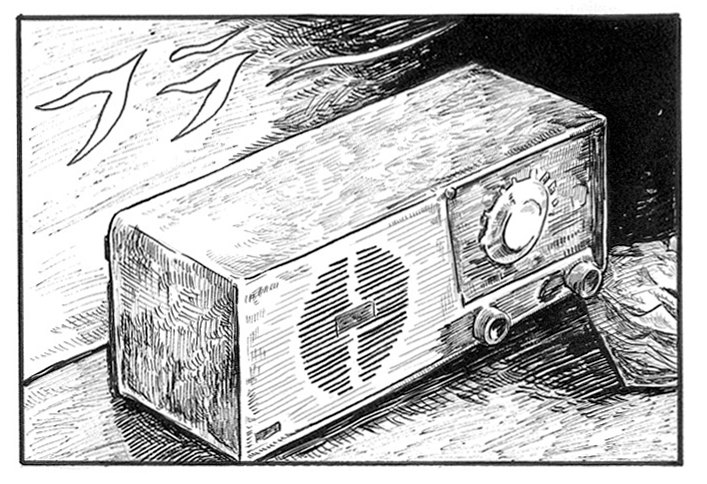“Akita 400 Years Research Center”
– Thinking about Akita’s endless future
In Life & Industry, we will establish the ‘Akita 400 Years Research Center’ and examine the past 200 years in Akita to then imagine the coming 200 years.
Facing the past is not an act of remembering the past through nostalgia-tinted glasses. On the contrary, it means understanding more clearly one’s current place in time and acquiring knowledge and skills that will help us in our present lives.
The ‘Akita 400 Years Research Center’ will not investigate major turning points in history. Rather, we intend to pay attention to the things that disappeared before anyone noticed, to the modest elements of daily life that are not commonly recognized as a part of history.
In the unstopping flow of time, everything we see during our everyday lives constantly undergoes minute changes. The mall you visited on your first date, or popular trends at the time, for example – the things you believe would be there forever will eventually disappear. Unless they are deliberately documented, precious fragments of an era will dissipate like clouds in the sky and slowly fade from our collective memory.
As part of the Research Center’s activity, we will gather all kinds of records and documents regarding life and industry in Akita. They may be inconsequential documents, and the archive may not have a clear direction like archives found in museums or used in textbooks. But connecting disparate fragments leads to new discoveries, and I believe that we can find hints that will help us live and survive in the coming 200 years.
Kenichi Obana



